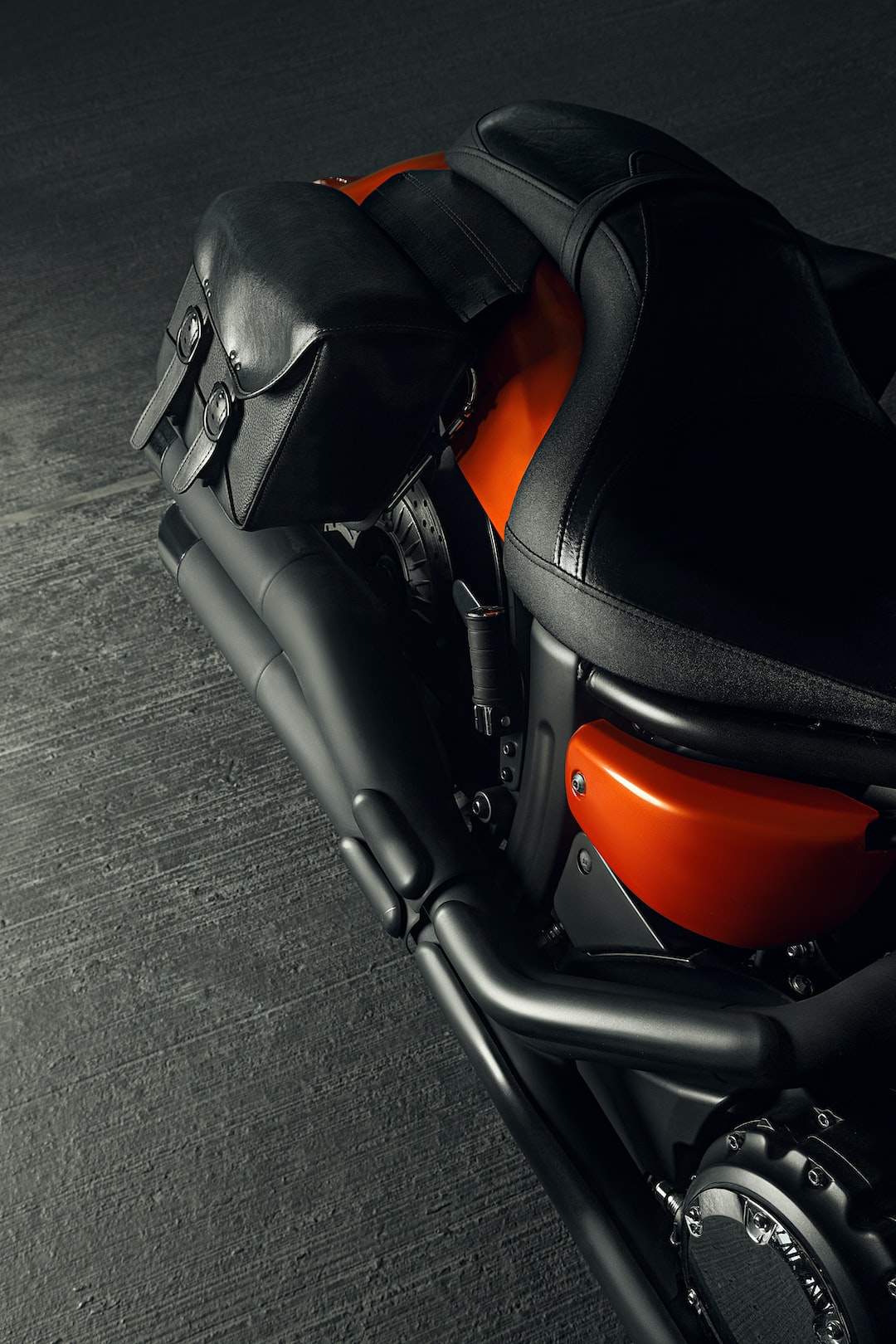Tips for Winterizing Your Vehicle
Winter is just around the corner, and it’s important to make sure your vehicle is ready to tackle the challenges that the cold weather brings. From icy roads to freezing temperatures, winter can take a toll on your vehicle if you’re not properly prepared. To ensure a safe and smooth drive throughout the season, here are some essential tips for winterizing your vehicle.
1. Check Your Tires: Start by checking your tire pressure regularly. As the temperature drops, tire pressure tends to decrease, affecting both safety and fuel efficiency. Make sure your tires are properly inflated according to the manufacturer’s recommendations. Additionally, consider switching to winter tires if you live in an area with heavy snowfall. Winter tires provide better traction and grip on icy and snowy roads, significantly improving your vehicle’s safety.
2. Test Your Battery: Cold temperatures can put a strain on your vehicle’s battery. Before winter arrives, have your battery tested to ensure it’s in good condition and can handle the demands of winter driving. If your battery is more than three years old, consider replacing it preemptively to avoid being stranded on a cold winter night.
3. Check Your Fluid Levels: Antifreeze is crucial during the winter months, as it prevents the engine coolant from freezing. Make sure that your antifreeze levels are sufficient and that the mixture is appropriate for the expected temperatures. Additionally, check your oil, windshield washer fluid, brake fluid, and power steering fluid to ensure they are at the recommended levels.
4. Replace Worn Wiper Blades: Visibility is key during the winter when snow, rain, and sleet can hinder your view of the road. Worn-out wiper blades can lead to streaks and reduced visibility, making it dangerous to drive. Replace them before the winter weather arrives to ensure optimum visibility and clear windshields.
5. Inspect and Maintain Your Brakes: Your brakes play a crucial role in keeping you safe on icy roads. Have them inspected by a professional to ensure they are in good working condition. Any signs of wear or reduced responsiveness should be addressed immediately. Keep in mind that brake pads tend to wear more quickly during winter due to the slippery roads, so regular maintenance is essential.
6. Prepare an Emergency Kit: It’s always better to be safe than sorry. Assemble an emergency kit to keep in your vehicle during the winter months. This kit should include items such as a flashlight, extra batteries, a blanket, a first aid kit, an ice scraper, jumper cables, and some non-perishable snacks. In case of an emergency or being stranded, having these items on hand can make a huge difference.
7. Clean and Protect Your Vehicle: Winter conditions can be harsh on your vehicle’s paint, so make sure to give it a thorough cleaning and waxing before the season begins. This will help protect the paint from road salt, grime, and other winter-related damages.
8. Prepare for Roadside Assistance: Joining a roadside assistance program can greatly benefit you during the winter months. If something unexpected happens, such as a dead battery, flat tire, or getting stuck in snow, having access to roadside assistance will give you peace of mind. Research and consider different programs to find the one that suits your needs best.
9. Plan Ahead: Lastly, make a habit of checking the weather forecast and road conditions before heading out. This will give you a better idea of what to expect and allow you to plan your trips accordingly. If the weather conditions are expected to be severe, it might be best to reschedule non-essential outings to avoid unnecessary risks.
By following these winterization tips, you can ensure that your vehicle is prepared to conquer the challenges of winter. Remember, safety should always be your priority, so take the necessary precautions to keep yourself and your loved ones safe on the road during the colder months. Stay vigilant, drive cautiously, and enjoy the season without worries about your vehicle’s well-being.
